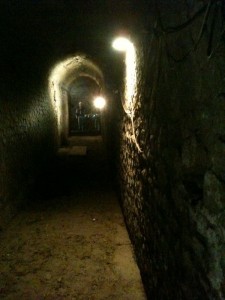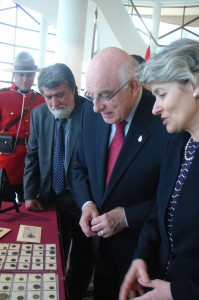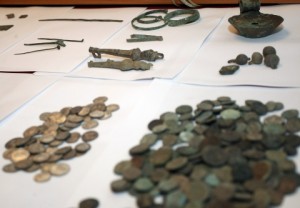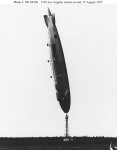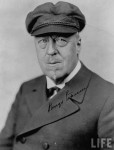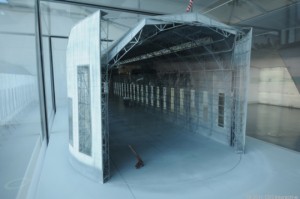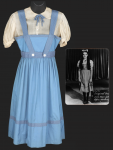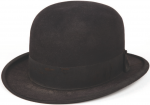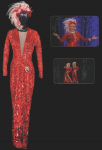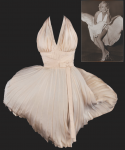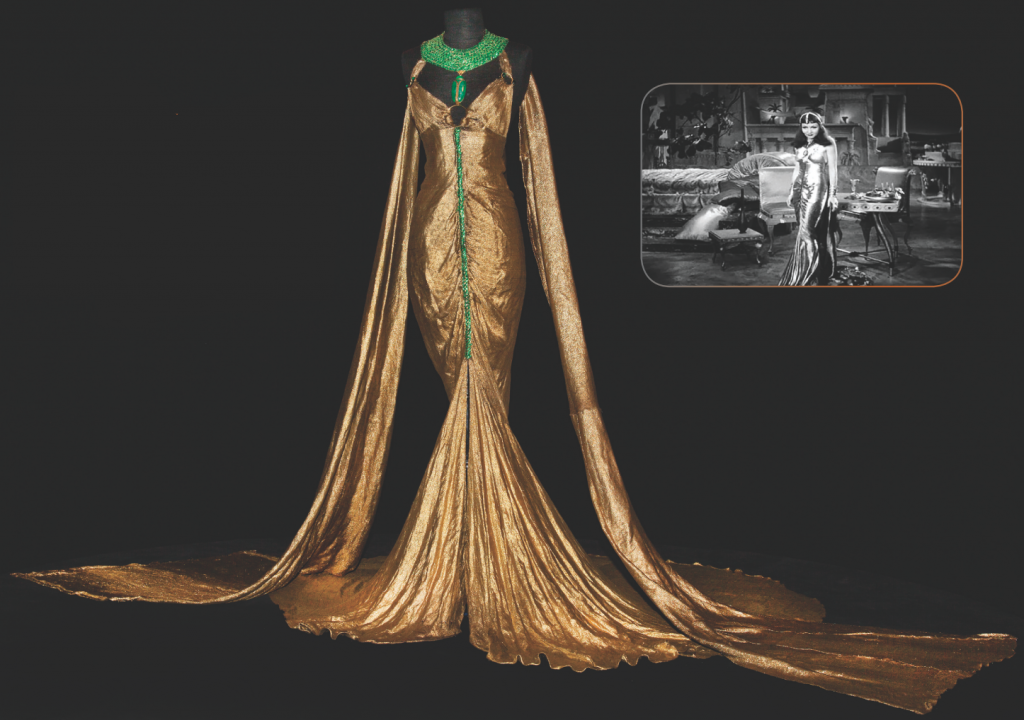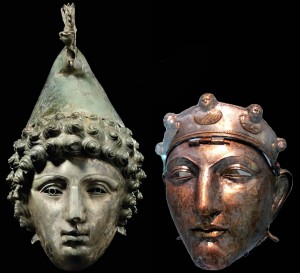 The Tullie House museum in Carlisle, Cumbria, the small local museum that against all odds raised £1.7 million to purchase the Crosby Garrett helmet at auction only to be outbid by an anonymous private collector, is getting a beautiful if temporary consolation prize. The Het Valkhof museum in Nijmegen, the Netherlands will loan them their own prize possession, the Nijmegen helmet, for the opening of Tullie House’s new Roman gallery on June 25th.
The Tullie House museum in Carlisle, Cumbria, the small local museum that against all odds raised £1.7 million to purchase the Crosby Garrett helmet at auction only to be outbid by an anonymous private collector, is getting a beautiful if temporary consolation prize. The Het Valkhof museum in Nijmegen, the Netherlands will loan them their own prize possession, the Nijmegen helmet, for the opening of Tullie House’s new Roman gallery on June 25th.
The Nijmegen helmet is a cavalry display helmet that was found in the gravel on the left bank of the Waal river south of Nijmegen in 1915. Like the Crosby Garrett helmet, it has an elegant face mask visor topped with a head piece. It also features a diadem with five busts in high relief, two male figures and three female. It dates to the 1st century A.D., probably the latter half; the busts are Flavian in style, so from between 69 and 96 A.D.
The visor connects to the diadem via a single hinge in the middle of the forehead. It’s rare that the hinging mechanism survives intact. You can see exactly how, with the mask raised, the helmet could be fit on the head and then the visor lowered. Straps would then have been fitted over studs beneath the ears and tied around the head piece in the back to ensure the whole get-up stayed comfortably (?) in place.
The head piece is made of iron and was designed to contour closely to the wearer’s head. The visor and diadem are brass overlaid with silver. The lips and eyelids of the mask are gilded, as are the beaded borders of the diadem and the drapery, lips, eyelids, and hair of its busts. Again, this is a special feature. Most of the surviving helmets have corroded so the gold and silver are gone leaving just the bronze, brass or iron behind.
The visage on the mask is that of a beardless youth, otherworldly beautiful and androgynous. According to Arrian, these visored helmets were used in cavalry parades and sporting mock battles. They would have come with elaborate plumage and the horsemen would enhance the look by wearing brightly colored clothing, thus appearing to the audience as godlike figures.
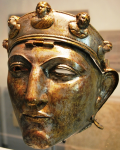
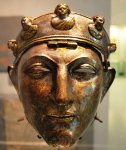
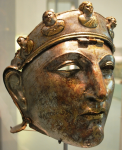
That’s going to make a beautiful guest star at the Roman Frontier: Stories beyond Hadrian’s Wall exhibit which opens at Tullie House museum in Carlisle on June 25th. The Nijmegen helmet will remain on display until October.
Tullie House has gotten a great deal of support from other museums and even from private collectors in the wake of the Crosby Garrett disappointment.
“I didn’t have to persuade Nijmegen, they showed me their collection and when I chose this, the most beautiful, they didn’t blink,” Andrew Mackay, collections manager at Tullie House, said. “When this has to go home, we have another coming. We have managed to arrange some stunning loans for the new gallery, and there is no doubt that this saga has helped us.”
That’s a heartwarming unintended consequence, and Tullie House can certainly use some heart warming since the anonymous private collector who bought the Crosby Garrett helmet has thus far refused to make himself known or even to respond to multiple attempts to contact him through the auction house. The museum hoped there was a chance they could negotiate a private purchase with the buyer, but when they got silence in response, they wrote asking if they could at least take some measurements so they could create a replica to display in the new Roman gallery. No answer. Rat fink.

